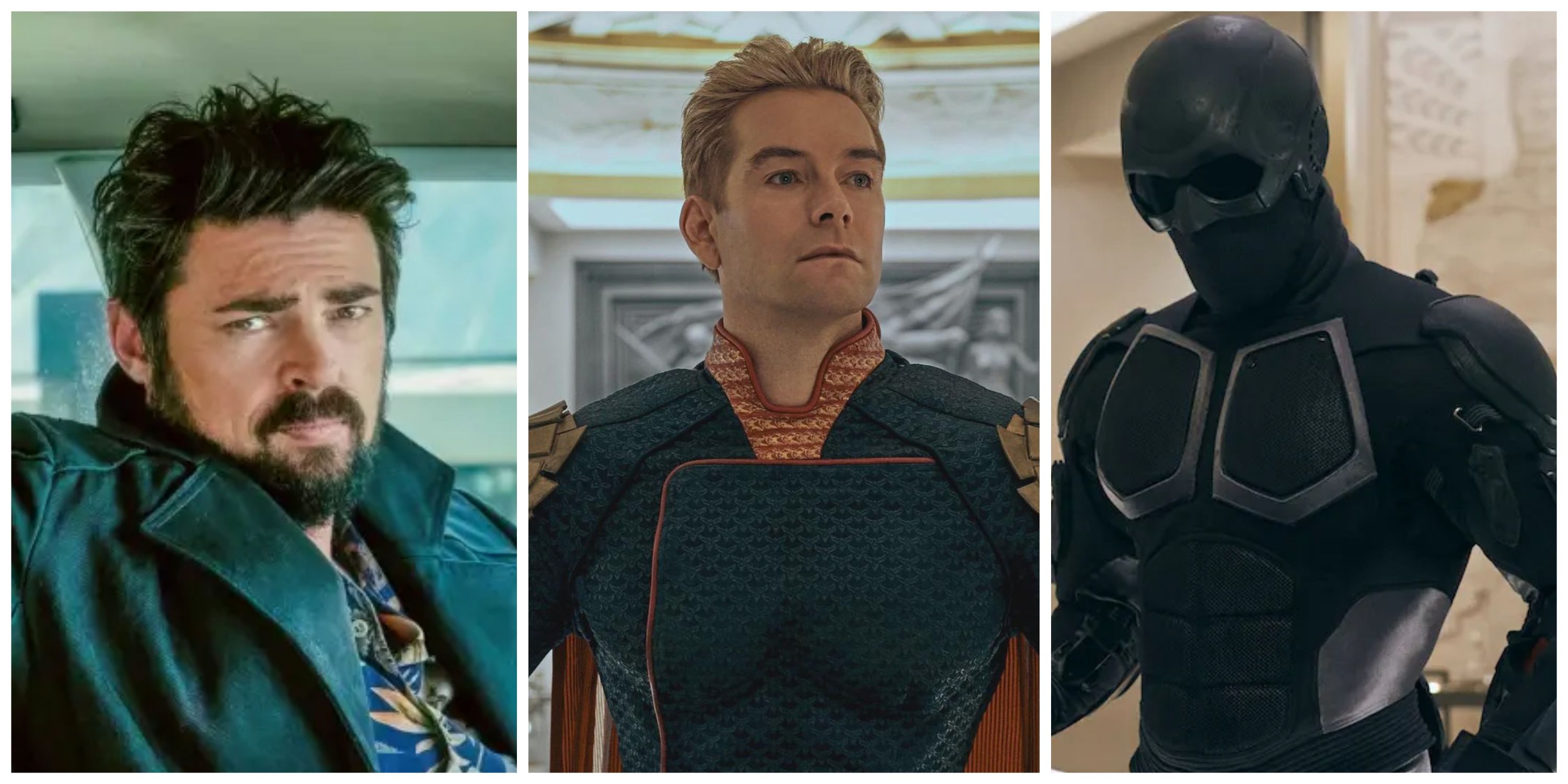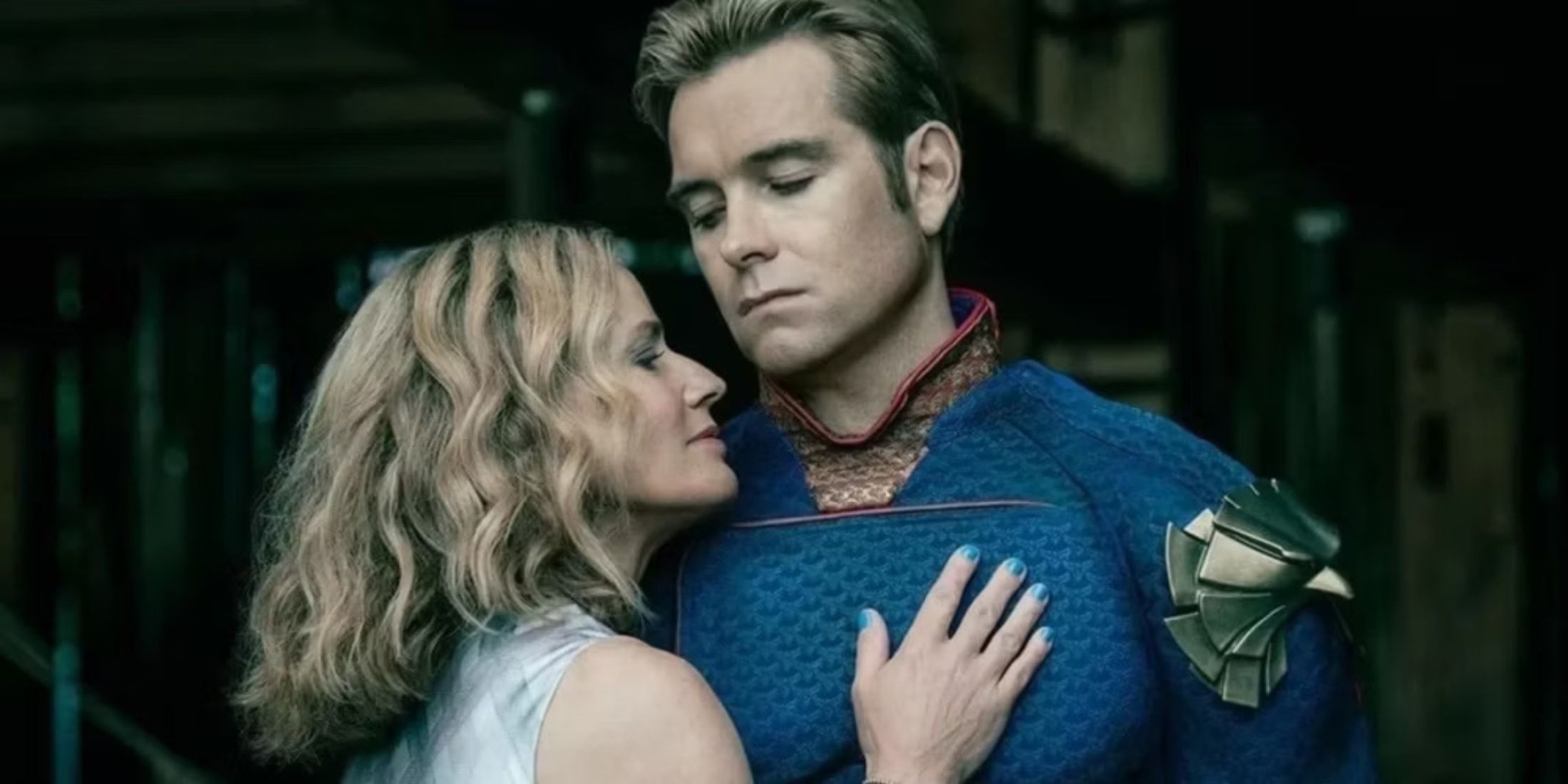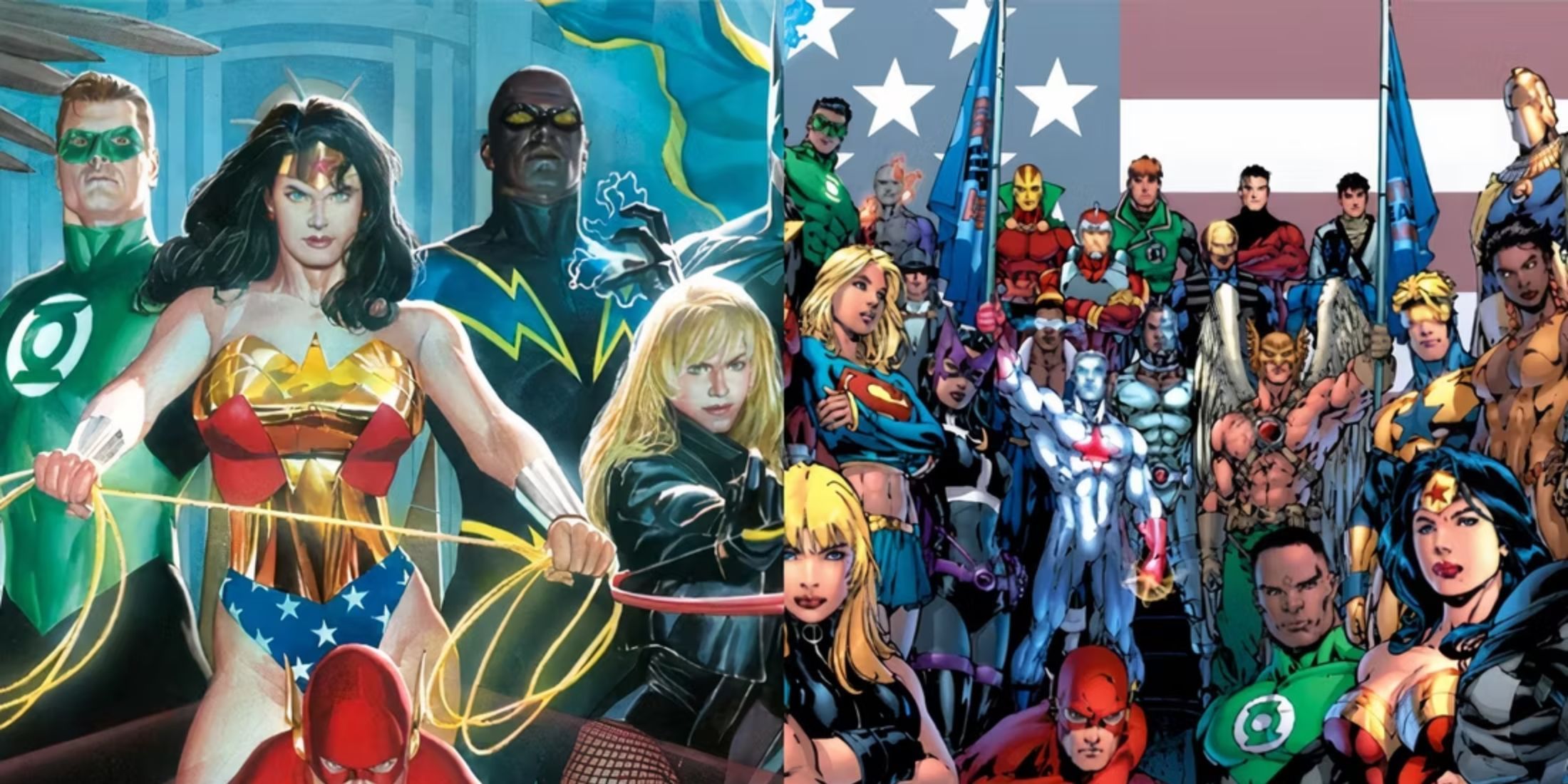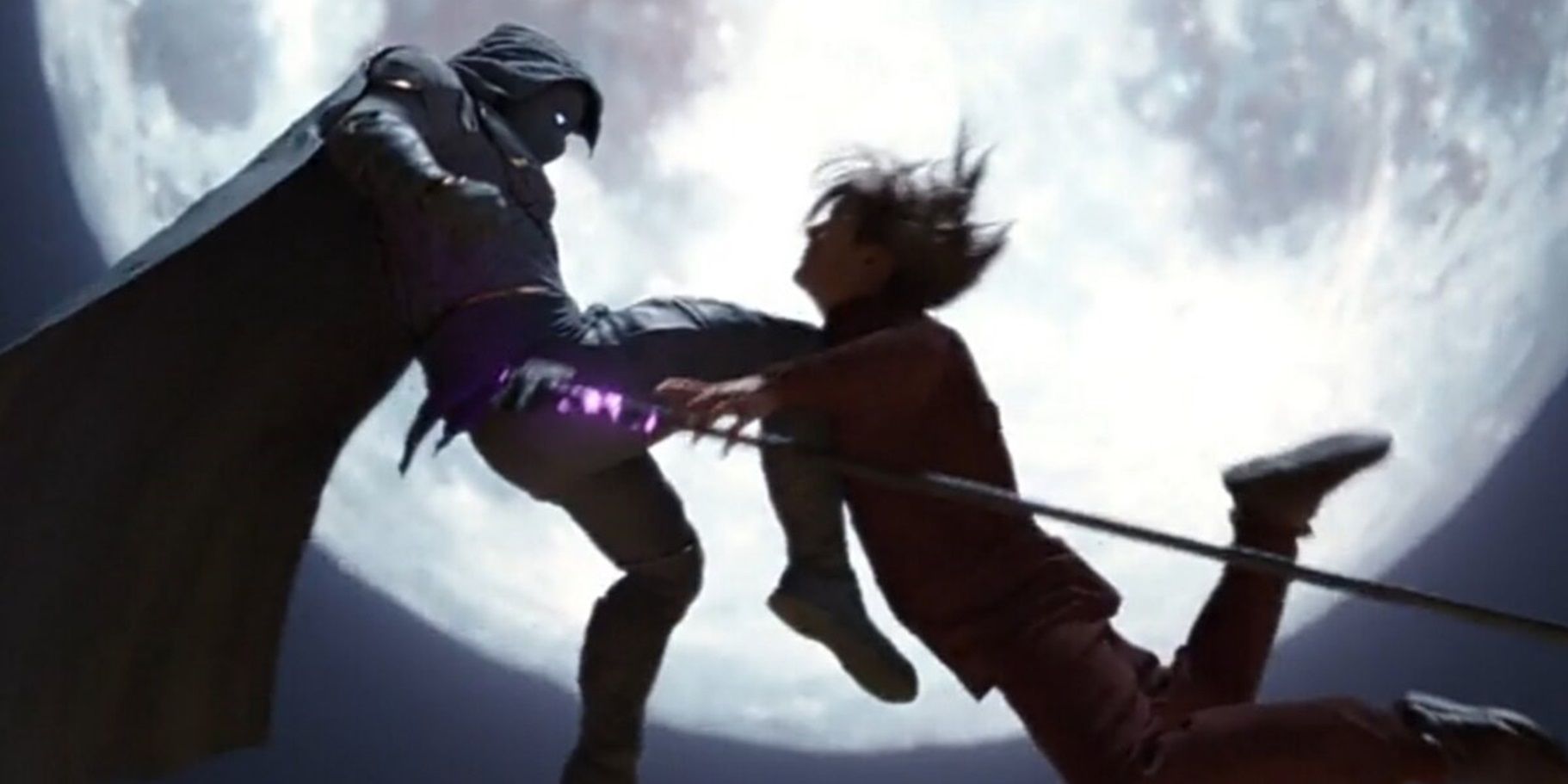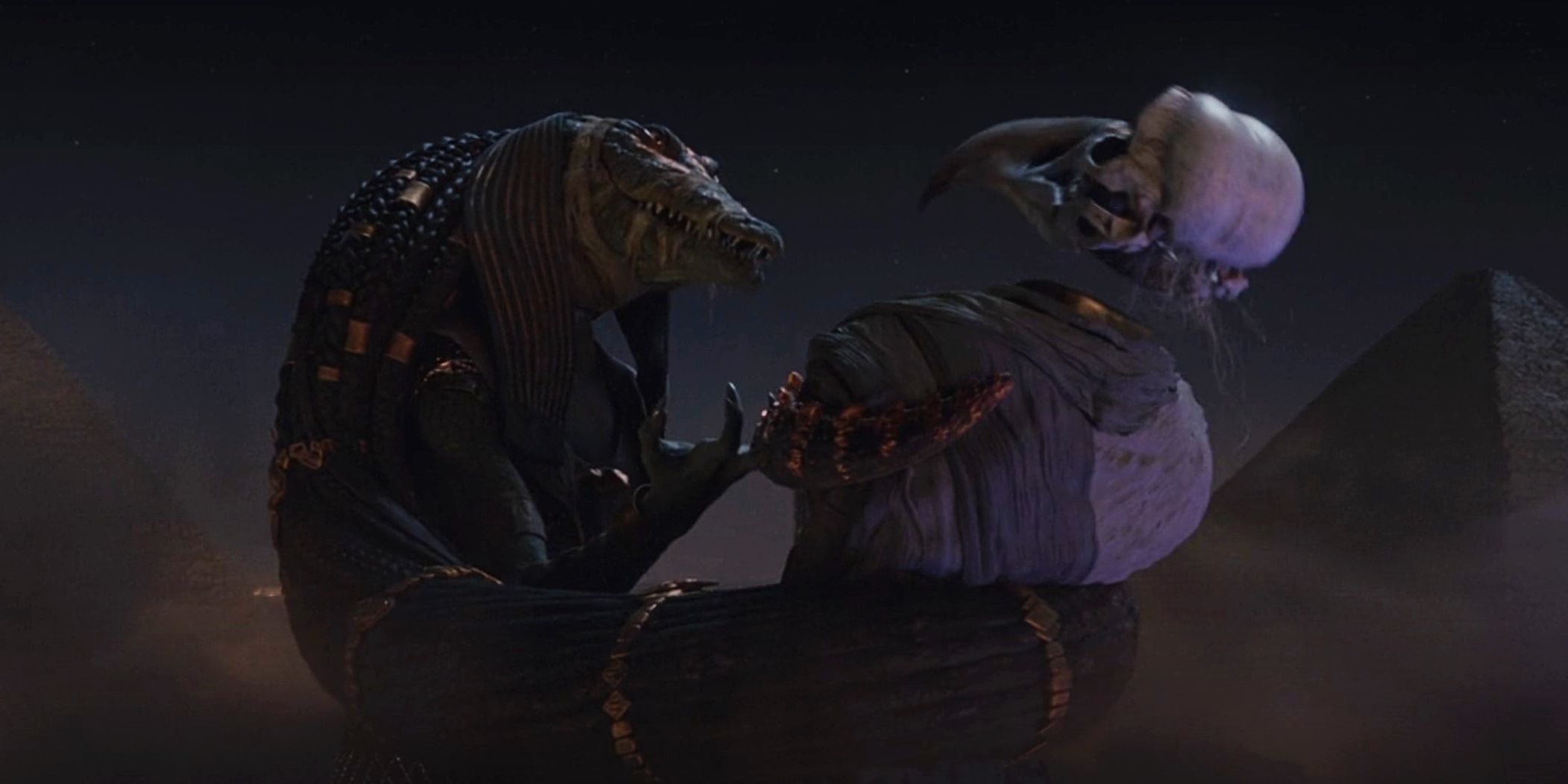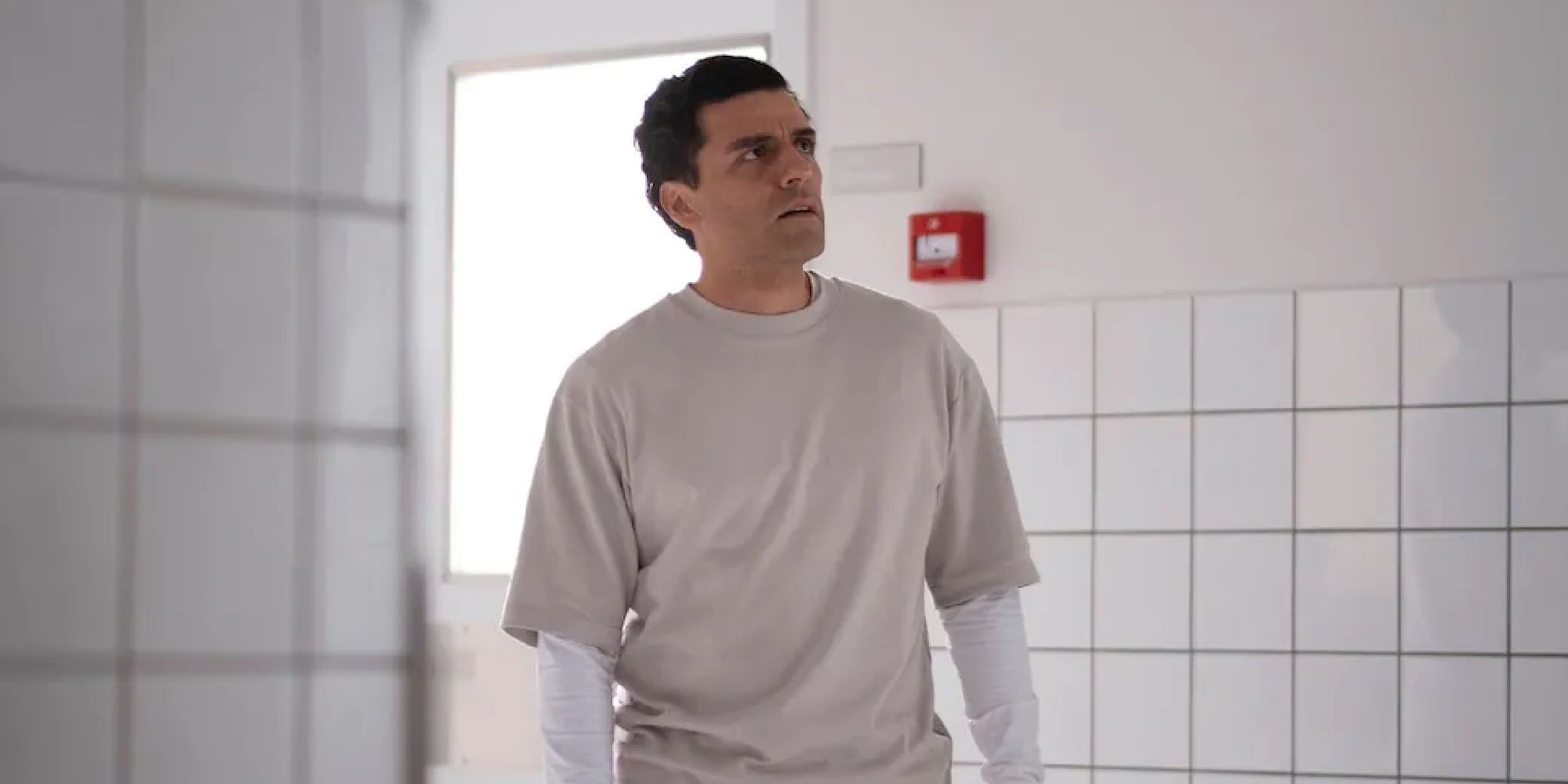Some superheroes operate on vastly different power levels than others, making the kinds of threats they take on radically different from those of their peers. Unfortunately, the cinematic outings of many comic book heroes trend towards world-ending threats, giant minion armies, and towering blue laser beams firing into the sky.
Moon Knight is the Marvel Cinematic Universe introduction of the lesser-known hero, and it's brought him to a new level of popularity. In the series, Moon Knight does battle with a vengeful deity and her chosen avatar with the fate of millions at stake. This clash feels appropriate, but the Fist of Khonshu's battles are typically a bit more terrestrial.
Moon Knight was created in the seventies, but didn't start appearing in solo works until the eighties. The character has had over 40 years of iterations by different writers and artists, placing him in a massive variety of different situations. Generally, comic book heroes break down into street-level, planet-level, and cosmic-level. There's an endless debate that can go into where a particular character belongs, but the individual levels are fairly easily understood. It's based on how much power a character wields and what kind of threats they typically deal with. In the MCU, Daredevil and his fellow Defenders represent the street team, characters like Thor typically do battle with planetary threats, and the Avengers must assemble to take on a cosmic threat like Thanos. Many characters transcend those bounds, but it's a matter of tone. Spider-Man, for example, is typically a street-level hero who rarely leaves New York City. But when Thanos came around, he happily escalates to face a cosmic threat.
Moon Knight spends most of his comic book outings somewhere on the street-level scale. He escalates at times, either by joining teams or powering up. Marc occasionally earns greater power and station from a story, but he typically fights cultists and criminals on the streets of New York City. There's no objectively correct place for the character, but his best-known moments are on the level of John Wick. He's unstoppable, deftly fighting through armies of thugs, but he's not often throwing around magic spells or crushing gods.
The MCU didn't change Marc's power set much. He's still just excellent at fighting, resistant to pain, and armed with distinctive weaponry. Even his reincarnation after death thanks to Khonshu is fairly common on the page. With his fairly simple power set, deeply personal story, and history of smaller-scale narratives, did Moon Knight really need the battle of gods?
Moon Knight even refers to a period when Marc was a more street-level force. His nights spent protecting travelers and bringing vengeance result in a considerable body count. The scenes in his personal purgatory alongside Steven force the alter ego to confront those he killed. Marc explains that he's spent years hunting and killing Khonshu's targets for him. These adventures brought him across the world, killing human criminals and predators. Any of these conflicts could have been interesting enough for the series to depict. Moon Knight has countless possible enemies to face off against with more personal stakes, but Marvel can't seem to have a narrative without the fate of the world at stake.
Since the end of Netflix's Defenders universe, there really hasn't been much street-level conflict in the MCU. Spider-Man's newest conflict risks much more than just New York City. WandaVision saw a character's personal grief risk the fate of all reality. Falcon and the Winter Soldier pitted the eponymous heroes against a deadly terrorist group that quickly rises from street level to a more international issue. Hawkeye is probably the best recent example, since it featured Clint and Kate doing battle with organized crime. Street-level heroes are less common in the modern MCU, but Moon Knight could have filled some of that absence. The massive CGI god battle already feels tacked onto the real story; perhaps Moon Knight would've felt more cohesive without it.
The action wasn't the central draw of Moon Knight, which is made clear by the fact that several key action scenes occur off-screen. The draw was the psychological drama led by Marc and Steven, the mysterious circumstances of his life, and the slow reveal of the rules of their world. Letting Moon Knight do battle with an enemy on his level, rather than still relying on giant monsters and CGI lasers, would have had more impact. Not every story needs the fate of the world to be at stake. The theoretically impressive concept of endless people dying does little to increase investment. When countless people die off-screen to increase Ammit's power, the audience isn't on the edge of their seats or terrified by the atrocity. It feels more like a salesperson trying to convince an unsure customer of some untrue statistics. Hopefully, Moon Knight can return to the MCU in a more regular capacity and use his powers where they best fit the situation.

